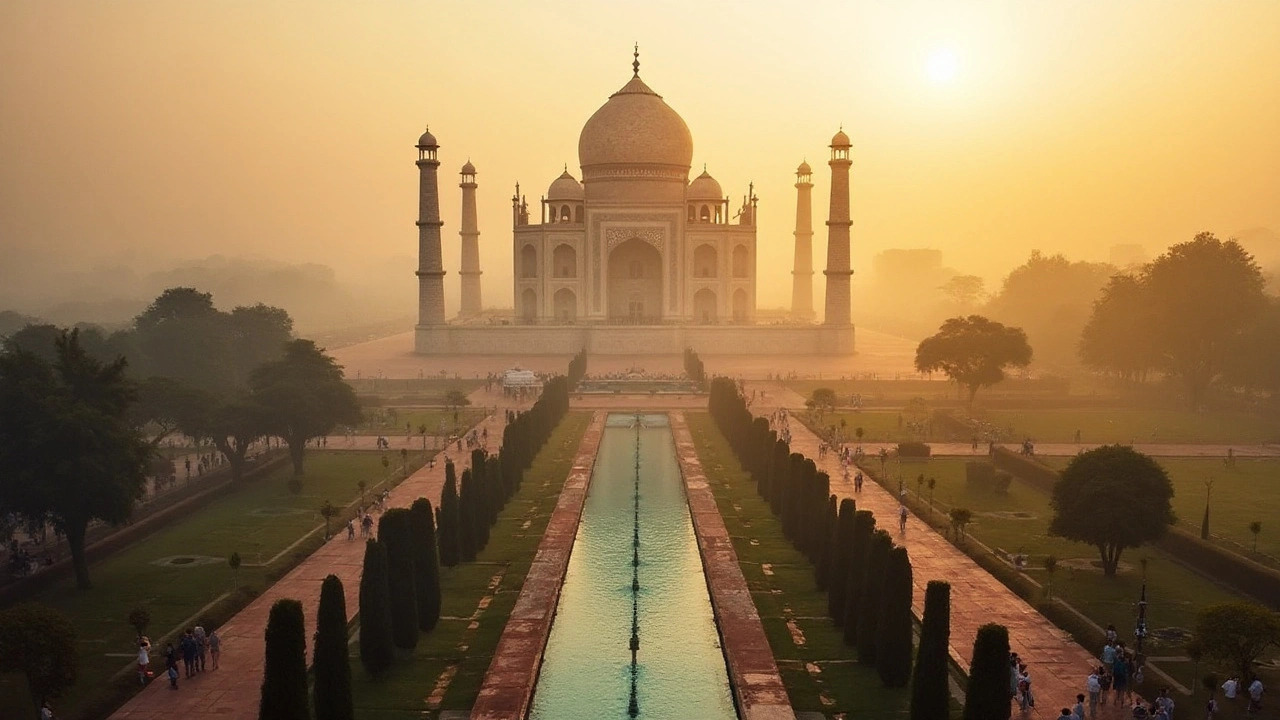SEARCH
Cultural Landmarks in India – Your Quick Guide
India is a giant museum that never closes. From marble wonders like the Taj Mahal to stone temples tucked in the hills, every corner has a story. The good news? You don’t need weeks to see the best of it. Below you’ll find the top places, how to get there, and simple tips to make each visit smooth.
Top UNESCO Heritage Cities
UNESCO has flagged a handful of Indian cities as world heritage sites. These spots already have the tourist infrastructure, so you can focus on soaking in the culture.
Agra – Home of the Taj Mahal and Agra Fort. The best time to visit is October to March when the heat is mild. Take a sunrise tour for softer light and fewer crowds. Remember to book tickets online to skip the long lines.
Jaipur – Part of the famed Golden Triangle. The Amber Fort, City Palace, and Hawa Mahal are must‑sees. Hire a local guide for the fort; they’ll explain the history in a way that feels like a story, not a lecture.
Khajuraho – Famous for its erotic temple carvings. The complex is spread over a small area, so a half‑day is enough. Wear comfortable shoes; the stone steps can be uneven.
Hampi – Ruins of the Vijayanagara Empire set amid giant boulders. Rent a bicycle to explore the site quickly, and bring water – there’s little shade.
All these cities have decent train connections, and most have budget hotels within walking distance of the attractions. Booking a room a few days ahead during the peak season (December‑January) saves both money and stress.
Off‑the‑Radar Cultural Gems
If you want to skip the crowds, check out these lesser‑known landmarks. They are just as rich in history but often come with a lower price tag.
Mandawa, Rajasthan – Known as the “Open Art Gallery,” its havelis are painted with bright frescoes. A short taxi ride from the bigger city of Jhunjhunu, you can spend a morning wandering the lanes and chatting with the owners.
Mahabalipuram, Tamil Nadu – Coastal town with rock‑cut temples dating back to the 7th century. Early morning or late afternoon light makes the stone carvings pop. Combine the visit with a beach walk for a relaxed day.
Puri, Odisha – Aside from the famous Jagannath Temple, the town has ancient Buddhist sites at nearby Ratnagiri. Buses run regularly from Bhubaneswar, and the local food stalls serve sweet coconut water that’s perfect after a temple tour.
When traveling to these spots, use regional buses or shared auto‑rickshaws for the cheapest transport. Carry a small first‑aid kit and a reusable water bottle; many remote places have limited drinking water facilities.
Whatever your route, a few simple habits make every cultural stop better: arrive early, dress respectfully (cover shoulders and knees in temples), and try a local snack right after the visit – it helps you remember the taste of the place with the memory of the monument.
Ready to start ticking off India’s cultural landmarks? Grab a map, set a budget, and let the heritage guide you. Happy travels!

Exploring India's Finest Heritage Sites: A Cultural Odyssey
India is home to a vast array of heritage sites that showcase its rich history and cultural diversity. From opulent palaces to ancient temples, and majestic forts to serene monuments, each site offers a glimpse into the country's storied past. This article delves into some of the most awe-inspiring and historically significant heritage sites in India, highlighting their unique characteristics and cultural importance. Whether you're a history enthusiast or a curious traveler, these destinations promise a journey through time and culture.
Continue reading